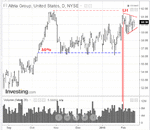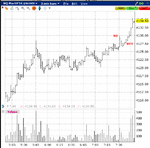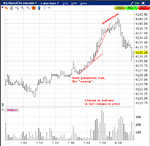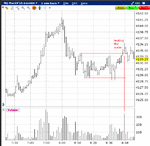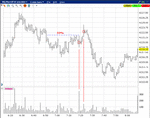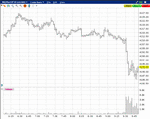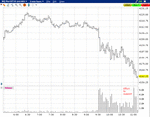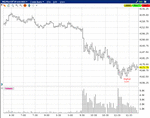dbphoenix
Guest Author
- Messages
- 6,954
- Likes
- 1,266
Someone was asking about shorting Sears, and there's always more profit to be made in something that has yet to weaken. I mentioned MO earlier in the posts on group strength and revisited it today. It'll be interesting to see what happens when price exits this hinge.

